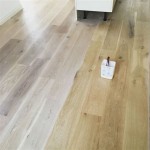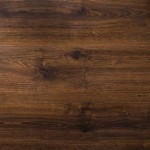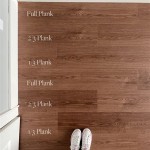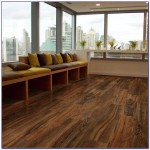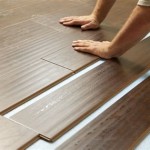Understanding Kitchen Flooring Materials: A Comprehensive Guide
The kitchen is the heart of the home, a space where meals are prepared, family gathers, and memories are made. Choosing the right flooring for this high-traffic area requires careful consideration of various factors, including durability, water resistance, ease of cleaning, and overall aesthetics.
This comprehensive guide will delve into the essential aspects of understanding kitchen flooring materials, helping you make an informed decision that meets your specific needs and preferences.
Types of Kitchen Flooring Materials
Ceramic and Porcelain Tile
Tiles offer durability, water resistance, and a wide range of styles and colors. Ceramic tiles are less durable than porcelain, but both are easy to clean and maintain.
Natural Stone
Stone flooring, such as granite or marble, is renowned for its beauty and durability. However, it requires sealing to resist stains and may be more susceptible to damage from heavy objects.
Vinyl
Vinyl flooring is available in both sheets and tiles. It is waterproof, durable, and relatively inexpensive. However, it may not provide the same level of longevity as other materials.
Laminate
Laminate flooring mimics the look of wood or stone but is more affordable and easier to install. It is water-resistant but not waterproof.
Hardwood
Hardwood flooring adds warmth and elegance to a kitchen. It is durable and can be refinished multiple times, but it requires regular maintenance and may be susceptible to moisture damage.
Factors to Consider When Choosing Kitchen Flooring
Durability
The kitchen is a high-traffic area, so choosing a flooring material that can withstand wear and tear is crucial. Consider the potential foot traffic, impact resistance, and potential for spills.
Water Resistance
Kitchens are prone to spills, so water resistance is essential. Ceramic and porcelain tiles, vinyl, and laminate are all good choices, while hardwood and natural stone require additional sealing and maintenance.
Ease of Cleaning
Maintaining a clean kitchen is important for hygiene and aesthetics. Choose flooring materials that are easy to sweep, mop, or vacuum. Avoid porous materials that can trap dirt or stains.
Aesthetics
The flooring material should complement the overall design of the kitchen. Consider the color, texture, and pattern that will enhance the space and create the desired ambiance.
Budget
Flooring materials vary in cost, so it is important to set a budget before making a decision. Consider the cost of installation, maintenance, and potential repairs.
Conclusion
Selecting the right kitchen flooring material is a balance of durability, functionality, and aesthetics. By understanding the different types of materials available and considering the specific needs of your kitchen, you can make an informed choice that will enhance the heart of your home for years to come.

Best Flooring Material For Kitchens

All You Need To Know About Kitchen Flooring Design Cafe

All You Need To Know About Kitchen Flooring Design Cafe

Pros And Cons Of 5 Popular Kitchen Flooring Materials

8 Kitchen Flooring Options To Know About Sheerluxe

Best Kitchen Flooring Options 2024 Guide Forbes Home
Best Kitchen Flooring Options Tile Warehouse

6 Best Flooring Options For Your Kitchen

Tiles Talk Kitchen Flooring Options 5 Unique Designer Perini

What Are The Best Flooring Options For My New Kitchen
See Also

